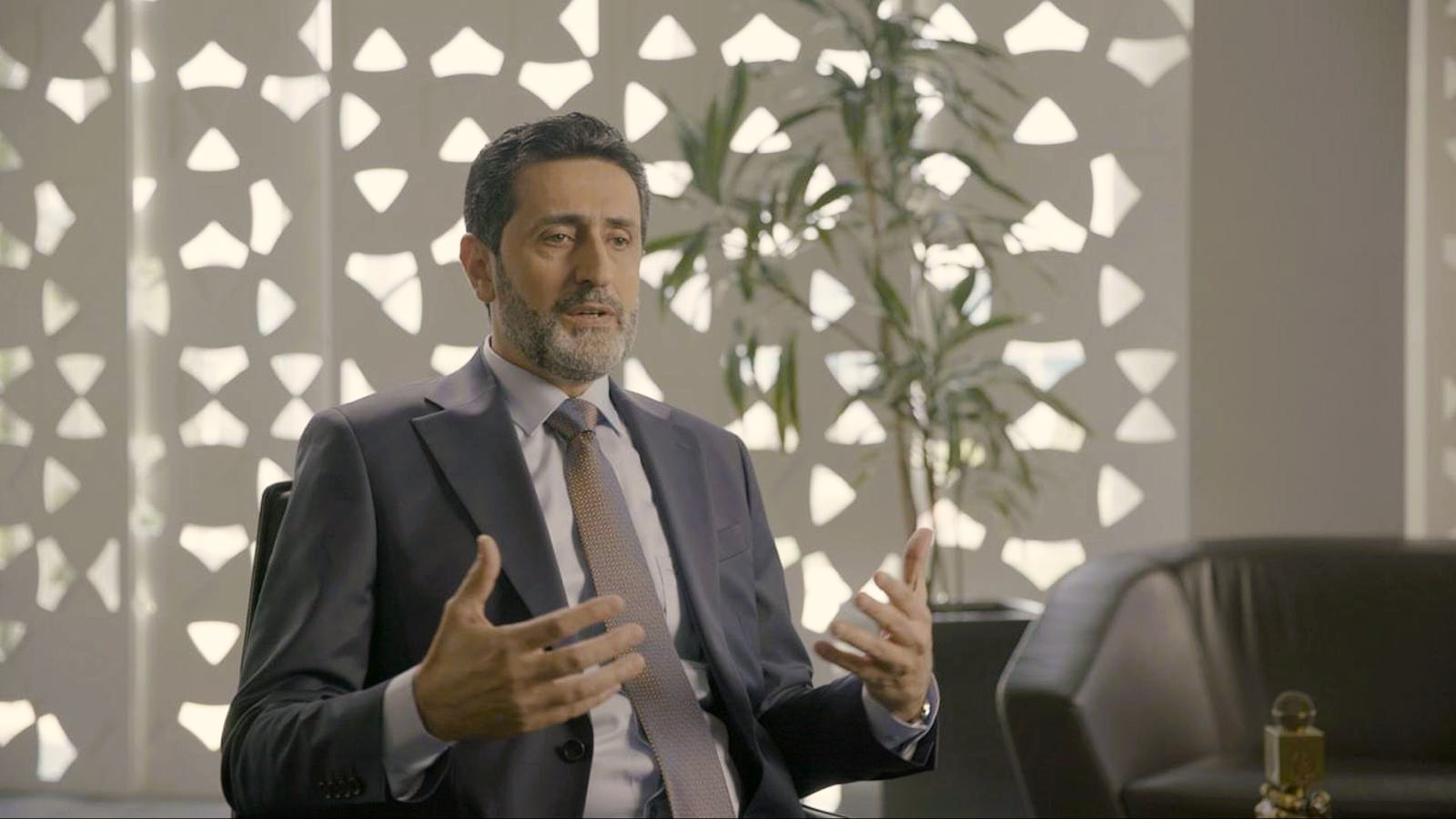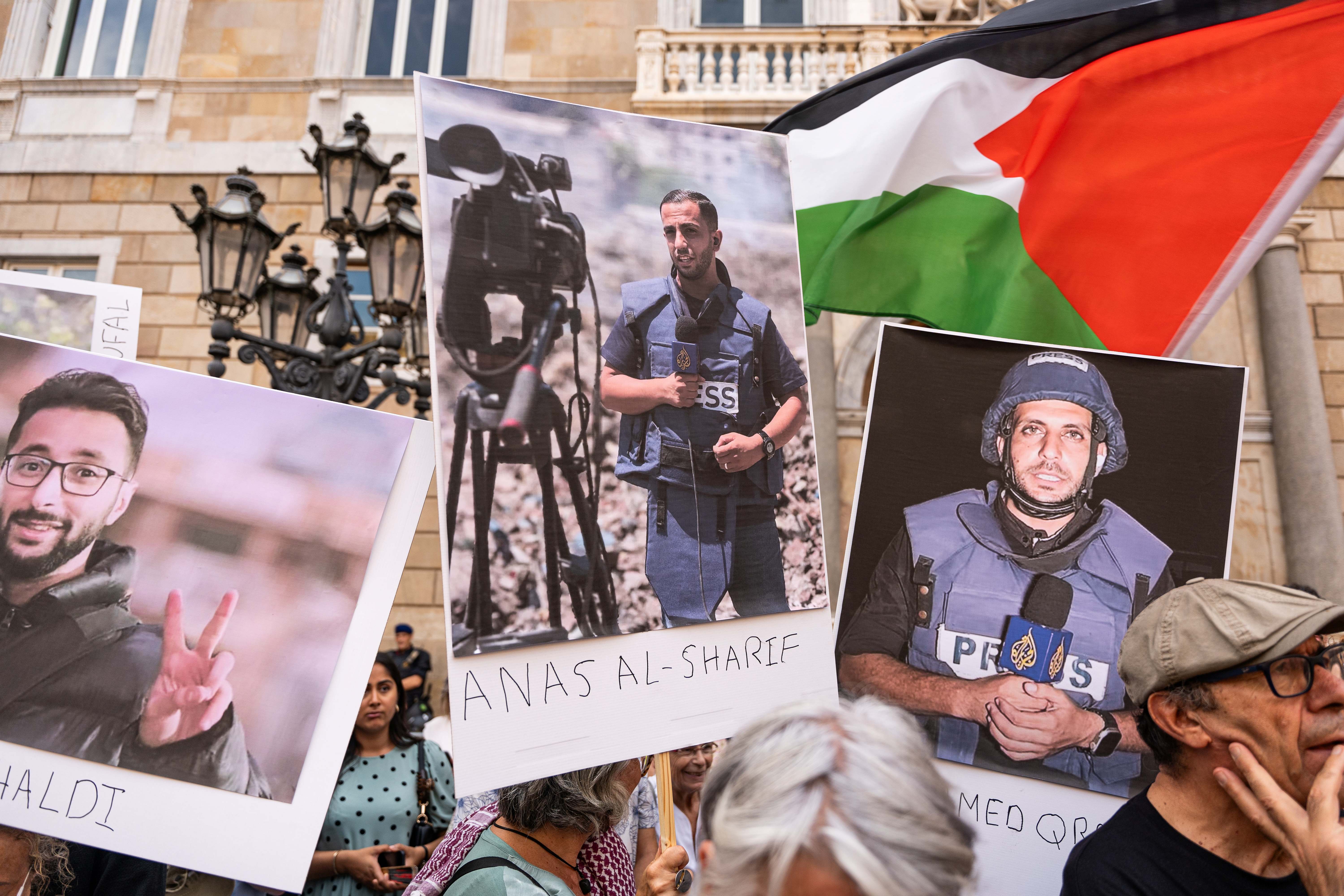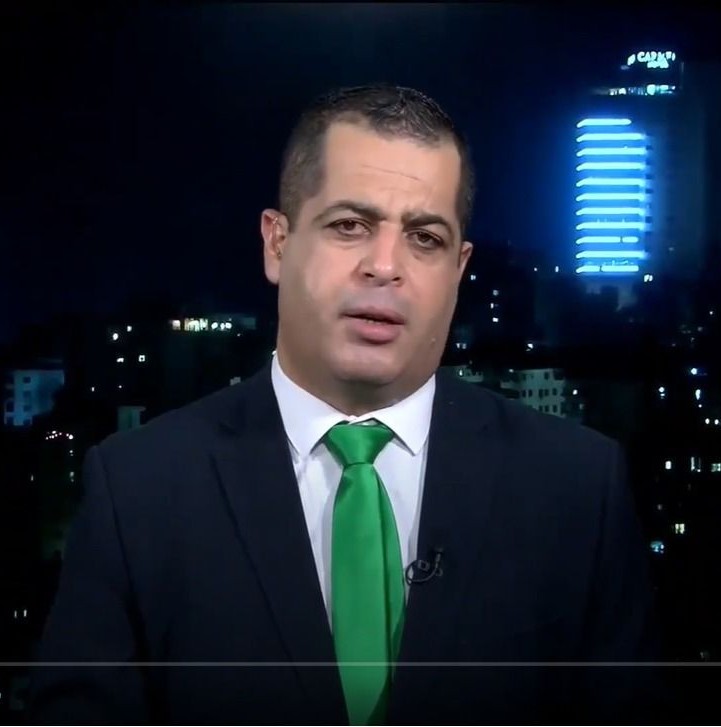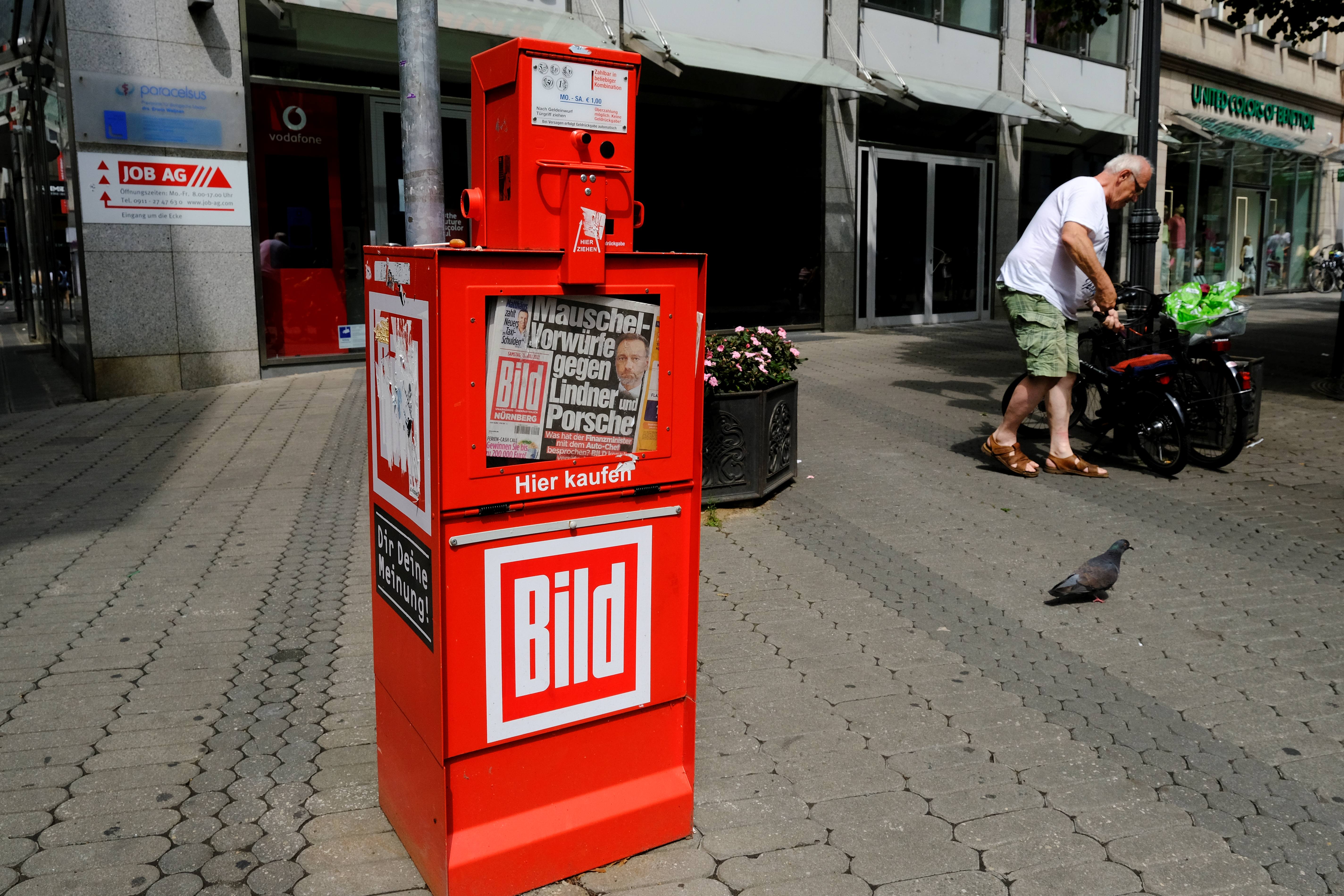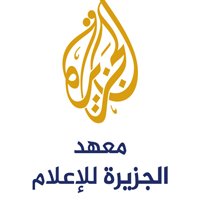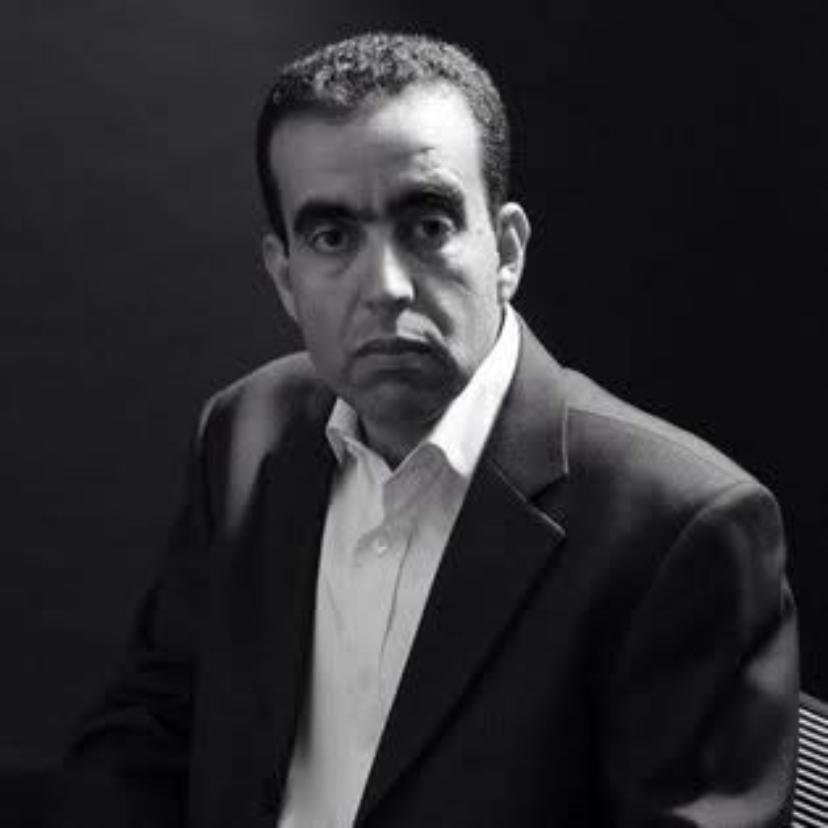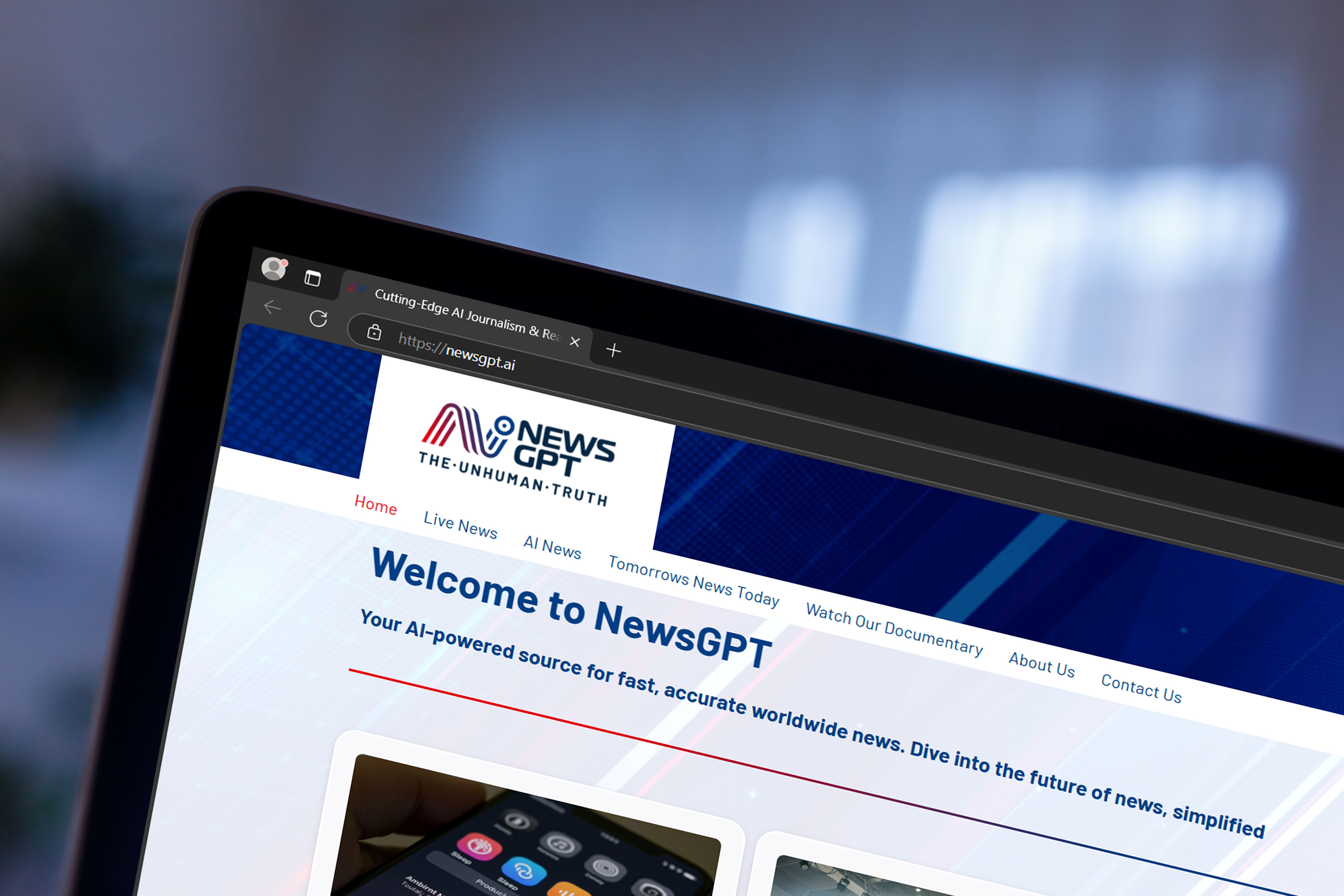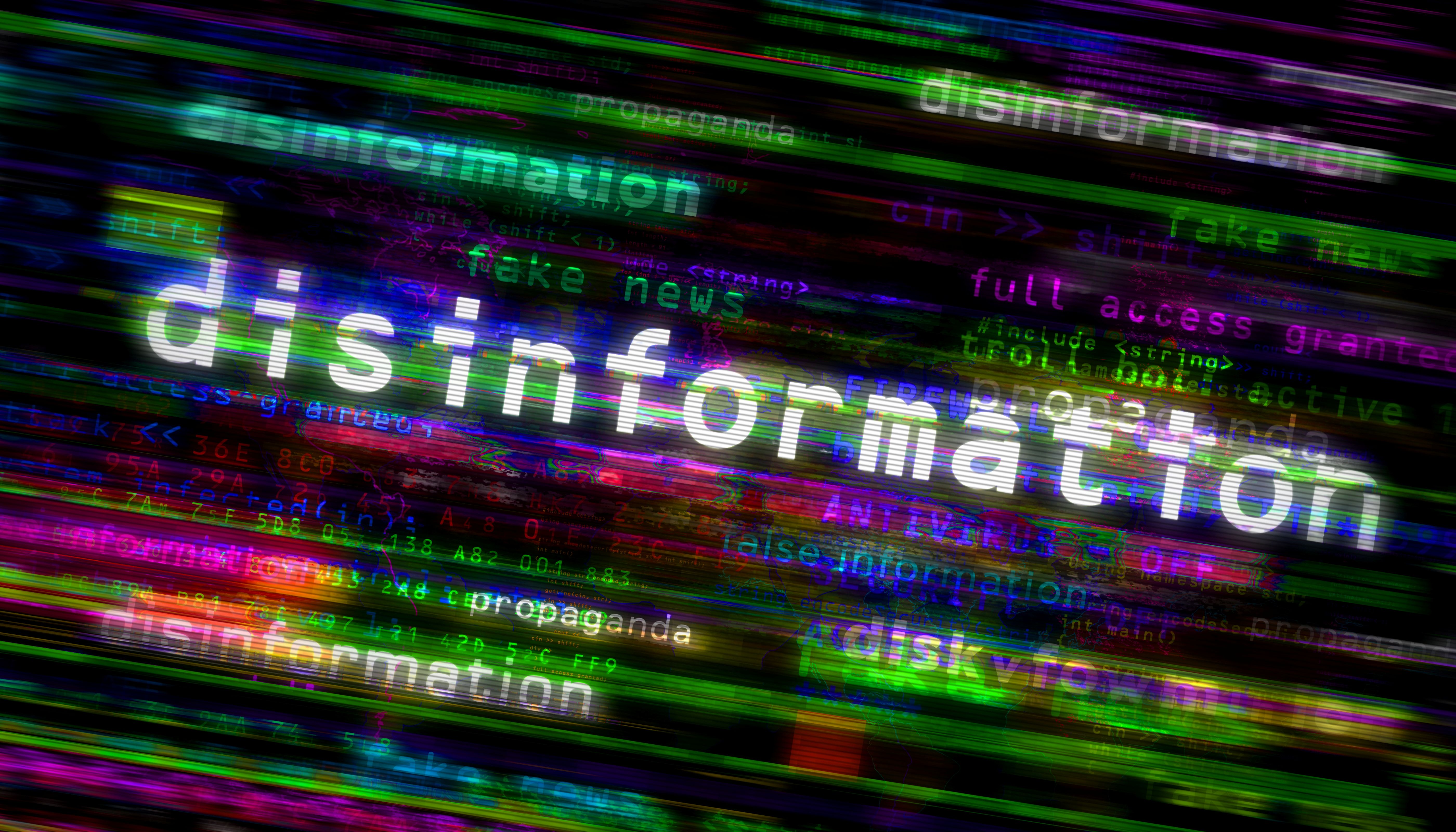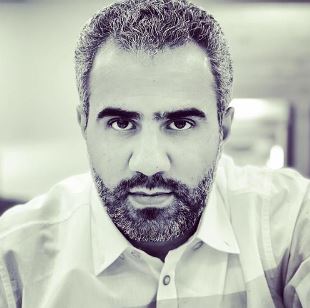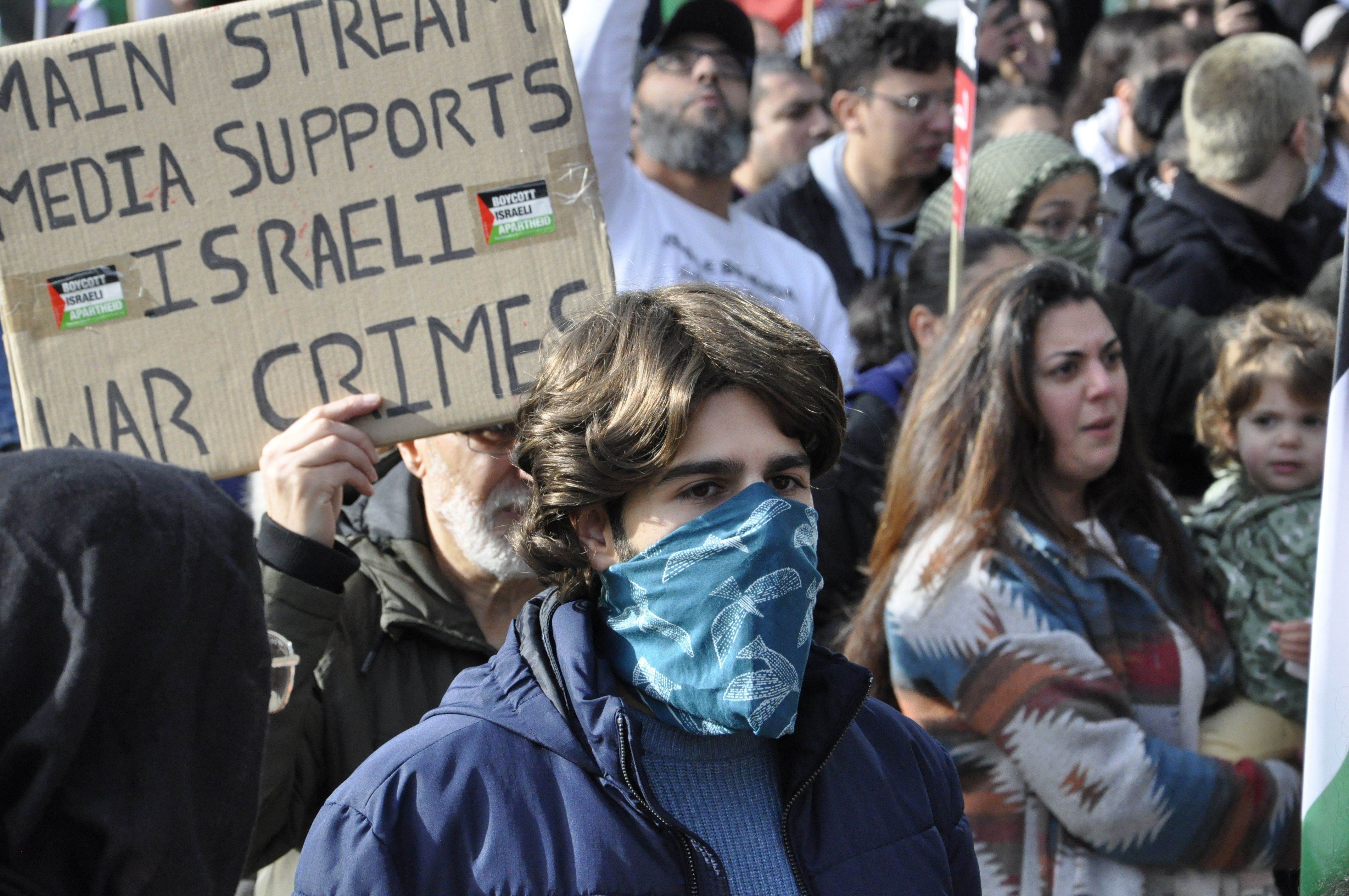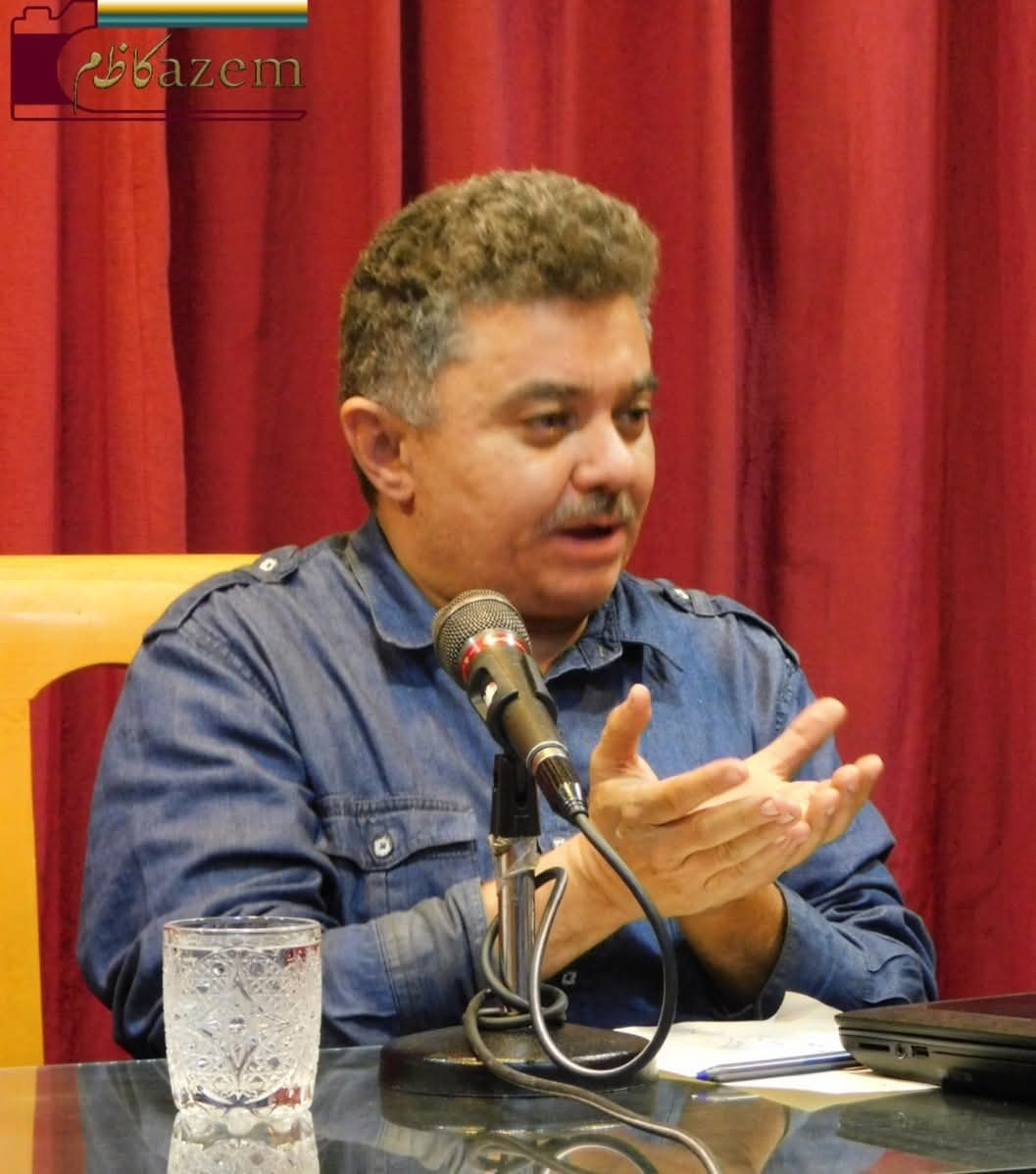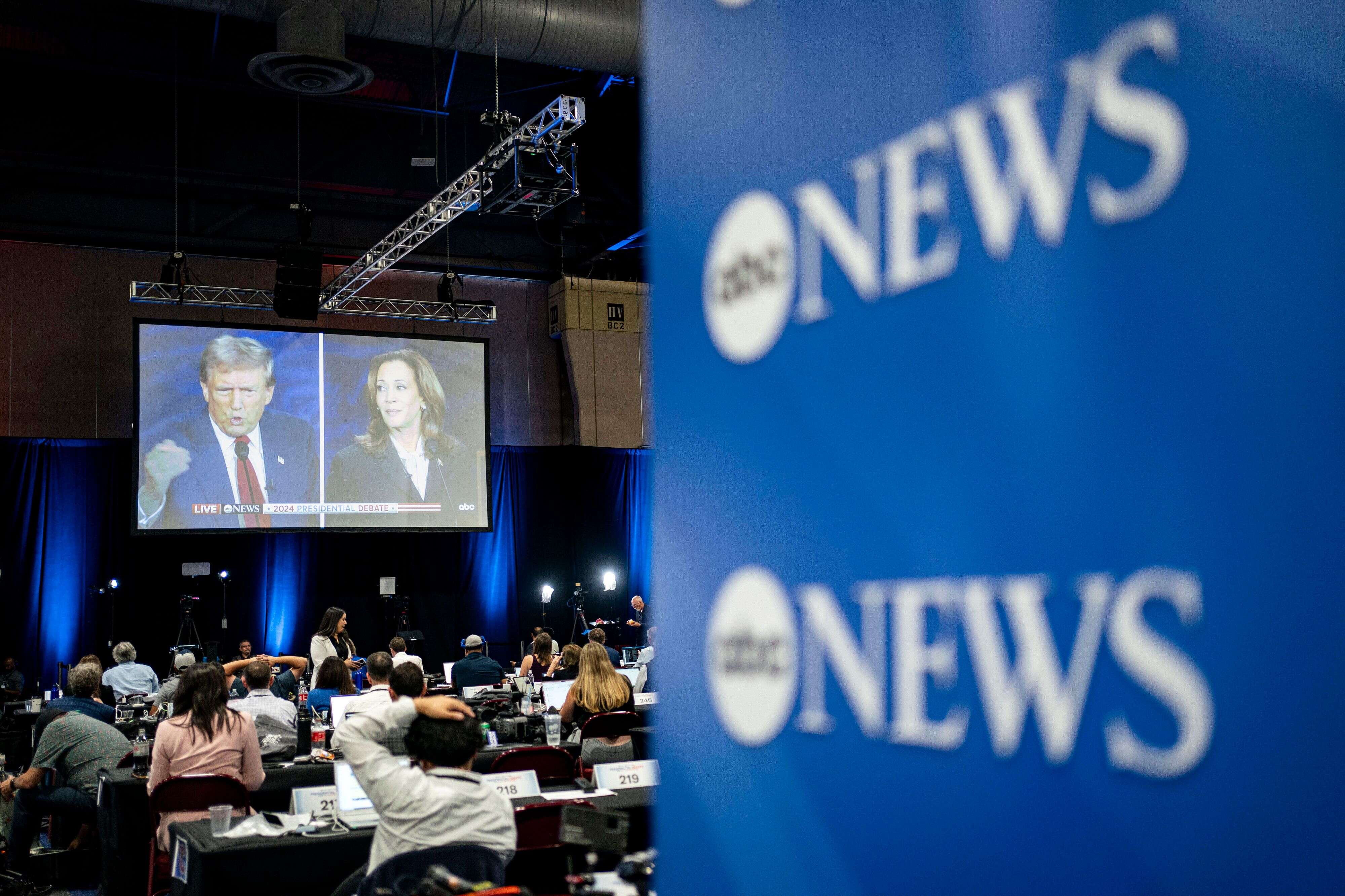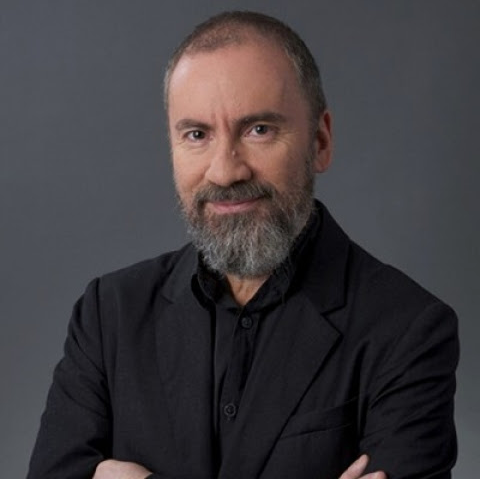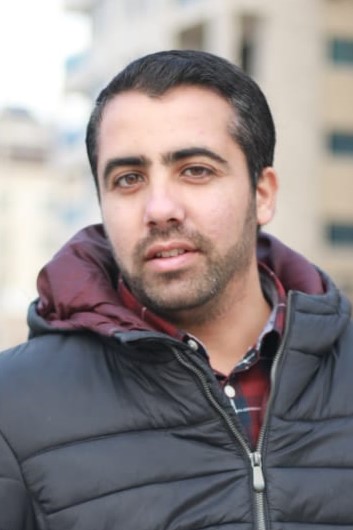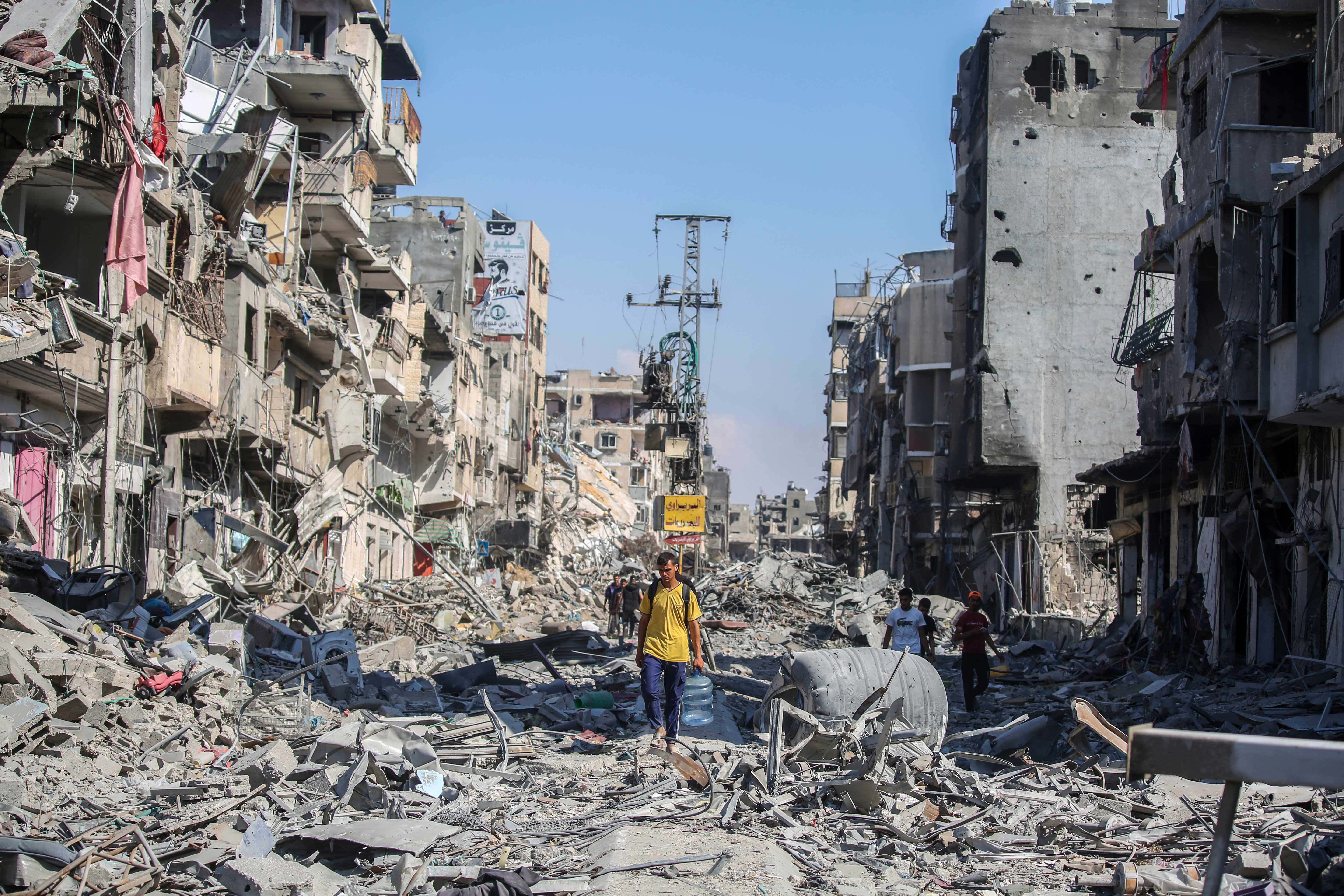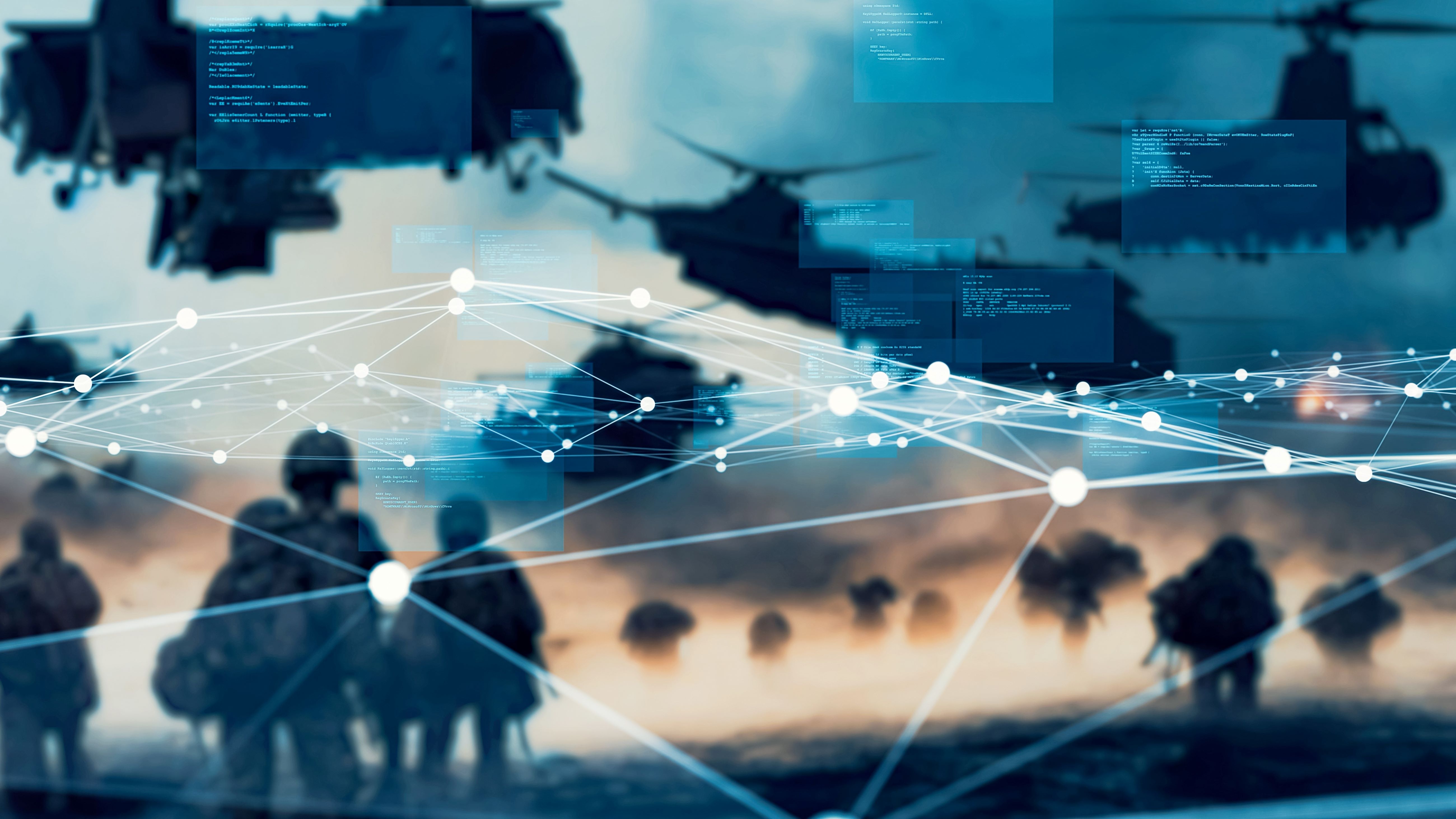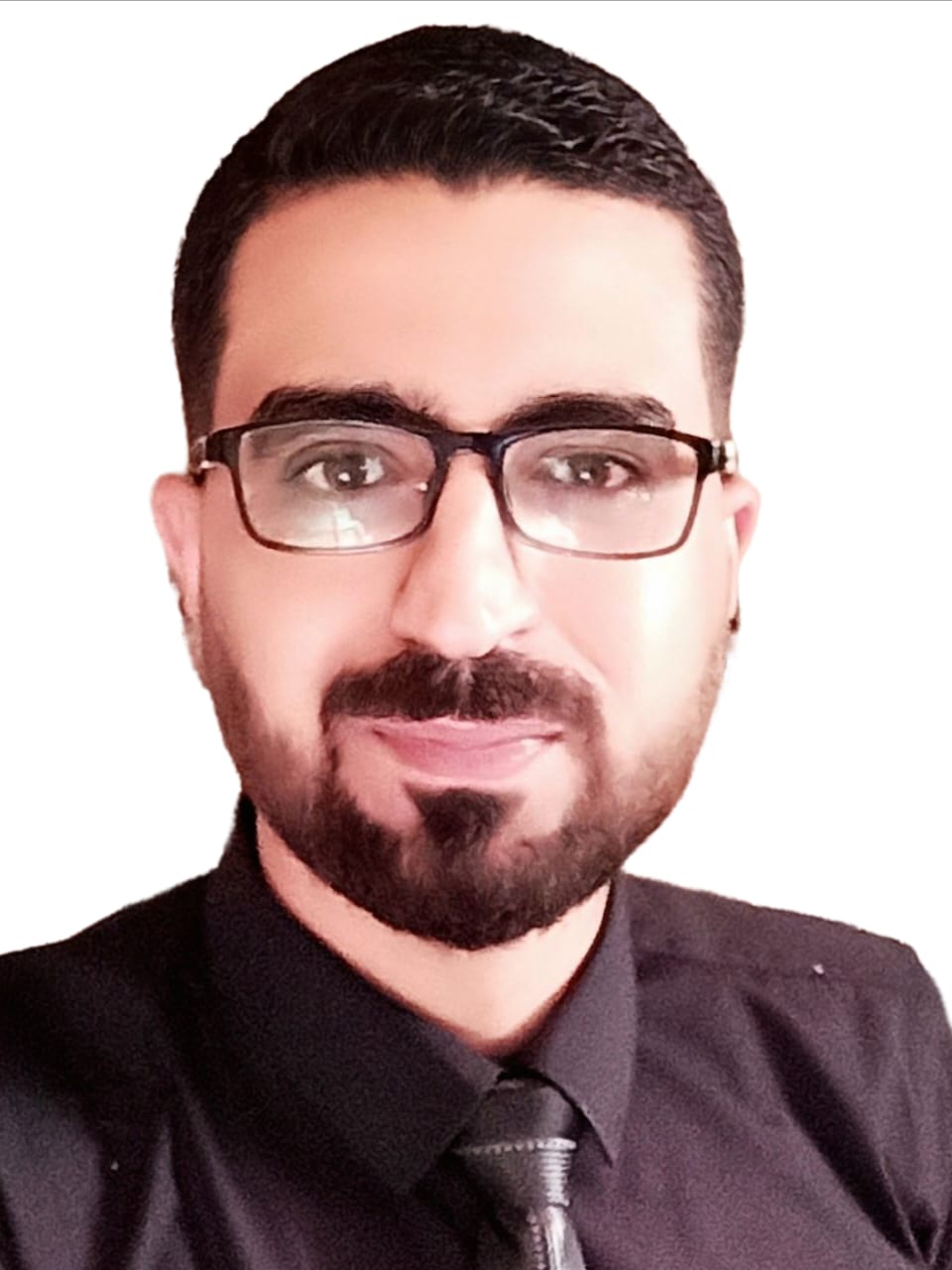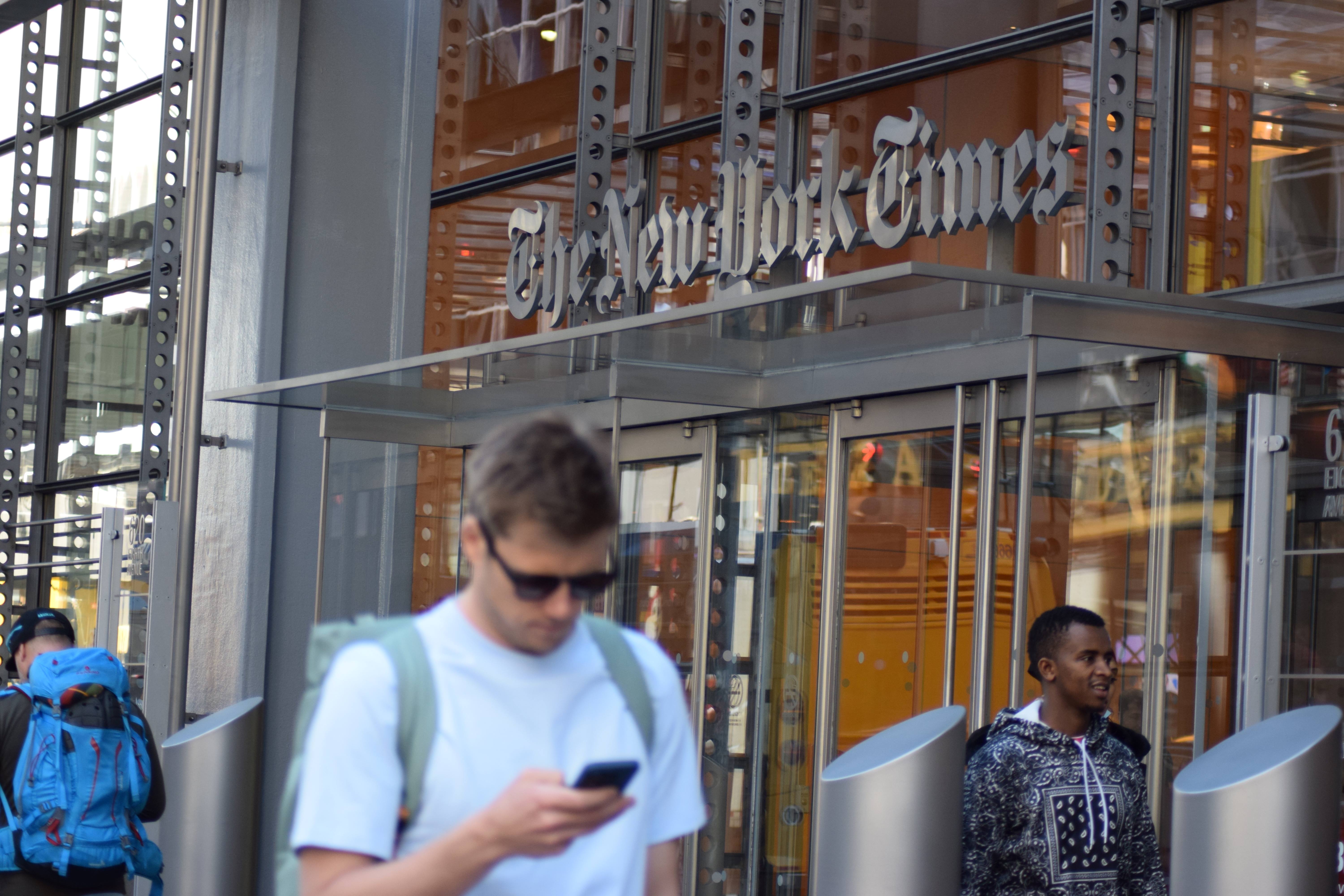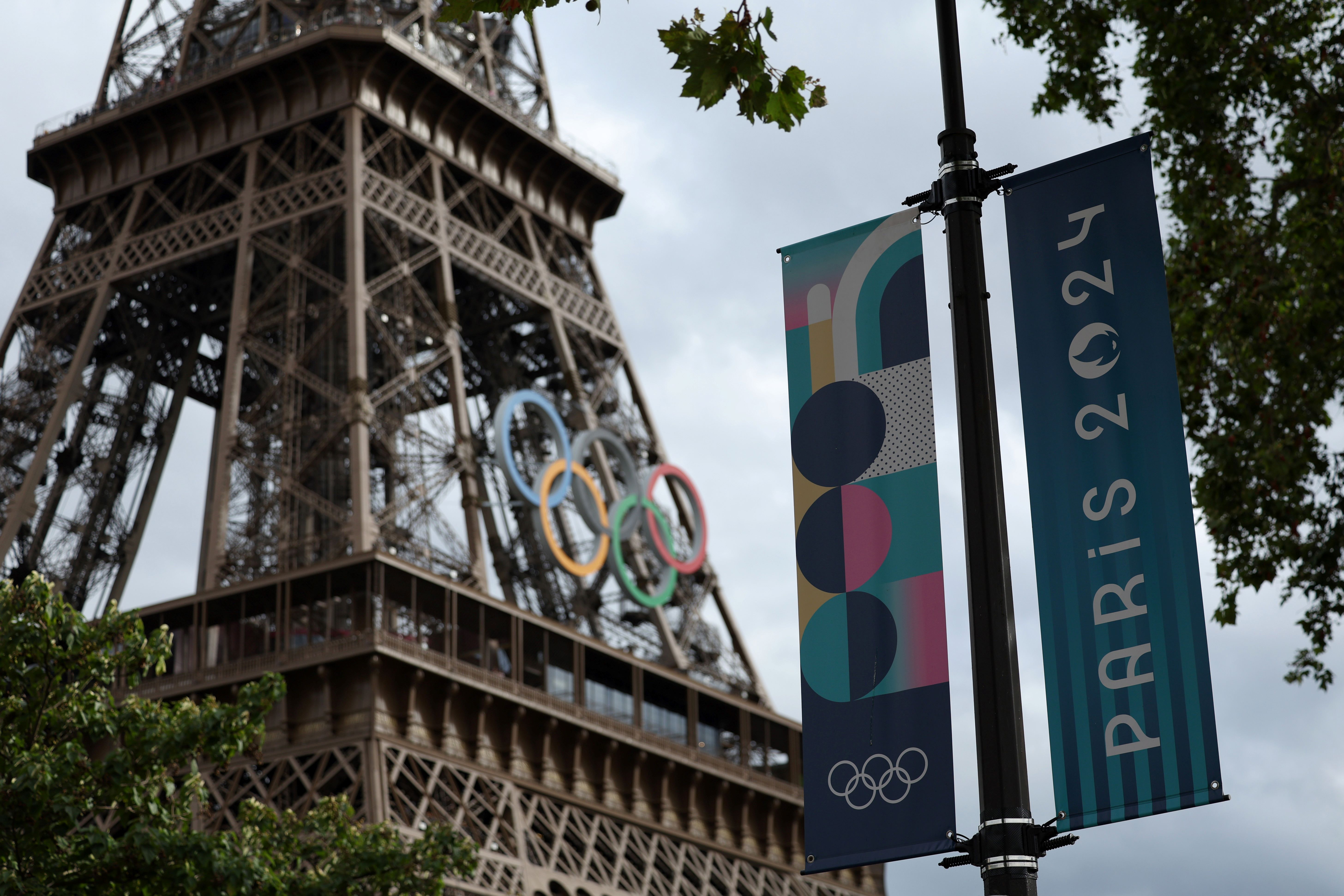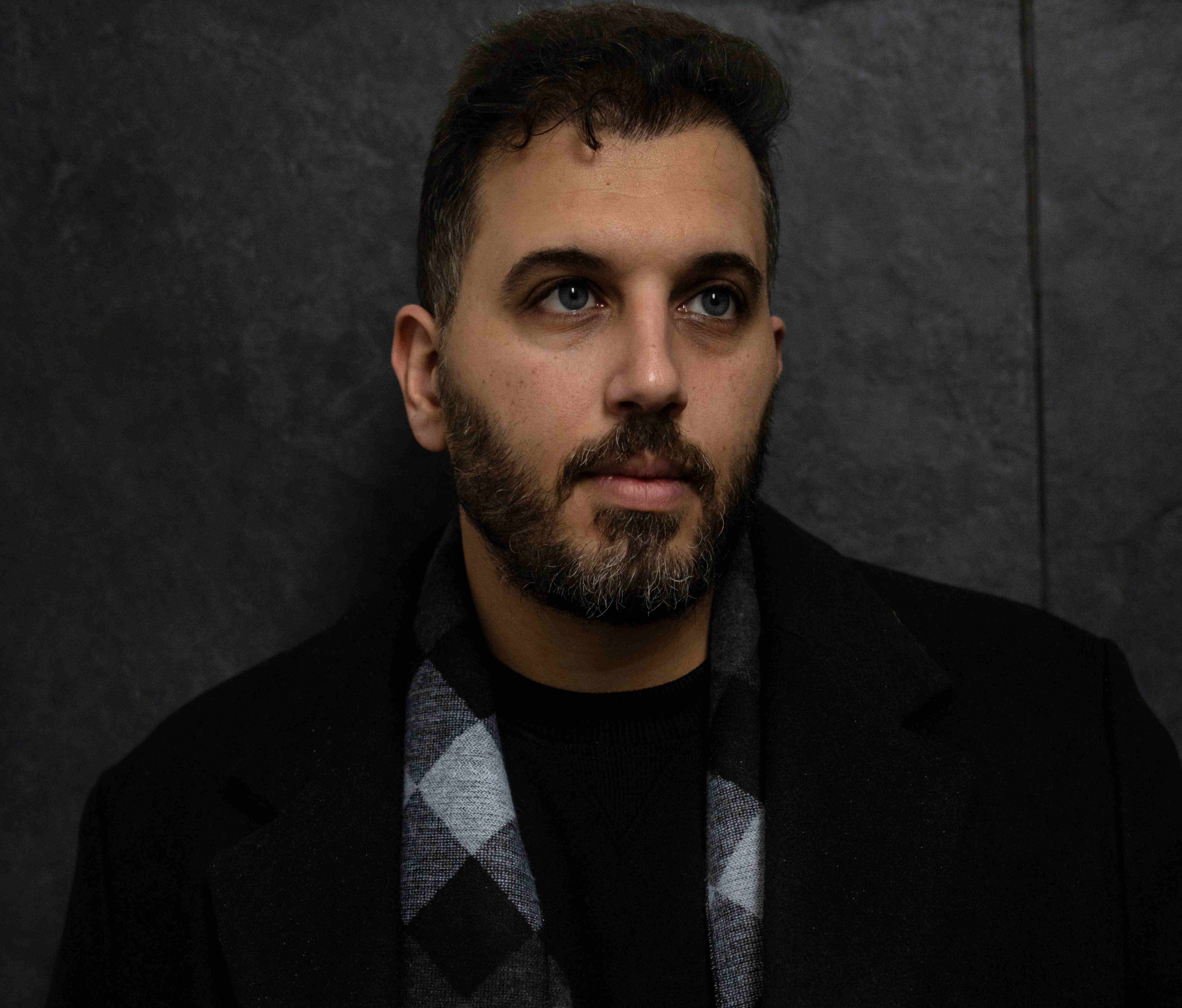How can journalists accurately cover Palestine without becoming unbalanced or biassed? Here are some concrete tools and techniques for reporters to keep in mind.
When covering Israel and Palestine, many western journalists err in assuming that "balance" means giving equal weight to the perspectives of oppressors and oppressed. Often lacking their own teams on the ground, western outlets have a tendency to parachute journalists in at times of peak conflict. These reporters then rely heavily on "official" sources, seeking quotes from police, politicians, and Israeli human rights organisations as they struggle to piece together a narrative.
But, as the events of the past month have shown yet again, this approach fails readers and viewers, stripping stories of vital background and context about the realities on the ground. Passive terms such as "clashes" and "escalation" effectively depersonalise events, creating a false equivalence between instigator and responder. This overwhelmingly works to Israel's advantage.
Indeed, there is a severe power imbalance at play in Israel and Palestine, and it is fuelled by western media coverage that persistently portrays Palestinians as aggressors. Instead of reporting on an "Israeli assault" against Palestinians, journalists describe "a flareup of violence" in Gaza. Media outlets recycle the police narrative verbatim, describing how a suspected Palestinian attacker was "neutralised" by Israeli "defence forces.” When news later emerges that the slain "suspect" was in fact an unarmed innocent, it rarely receives the same level of coverage.
Passive terms such as "clashes" and "escalation" effectively depersonalise events, creating a false equivalence between instigator and responder. This overwhelmingly works to Israel's advantage.
There are a number of reasons for this, including western institutional biases in favour of Israel; fear of offending members of the Israel lobby, as a complaint over alleged "antisemitism" could be career-ending; and editors who blindly apply style-guide rules in an effort to achieve "neutral" language, without really understanding the nuances of the situation in Israel and Palestine. Reporters who push back against such policies can help steer the conversation back towards reality.
Techniques for Editors and Journalists to be Unbiased
A number of techniques may help reporters and editors look at their work with fresh eyes and determine whether they are presenting an authentic picture.
Let's take an example of a story that starts with the following line, some formulation of which is very common in the western media: "Clashes have erupted at a protest by Palestinians over a contested neighbourhood in East Jerusalem, with Palestinians hurling stones as Israeli security forces fired rubber bullets and tear gas."
The first step in fixing a sentence like this is to parse the language used. Right off the top, we have the passive construction of "clashes erupted." What does this mean? Surely, both sides did not simultaneously begin attacking each other at once. It's important to look at what precipitated the violence. If Palestinians were holding a peaceful protest and Israeli police stormed in, firing weapons in a bid to end the demonstration, then the article should be framed accordingly.
There is a severe power imbalance at play in Israel and Palestine, and it is fuelled by western media coverage that persistently portrays Palestinians as aggressors.
And is the neighbourhood really "contested" if Palestinians were granted these properties under a UN-sponsored agreement and have been living there for generations, but Israeli settlers have decided they want to move in? Even a term such as "rubber bullets," as opposed to the more accurate "rubber-coated steel bullets," paints a certain picture.
In contrast, read the following lead: "Israeli police have raided a peaceful demonstration in the Sheikh Jarrah neighbourhood of occupied East Jerusalem, firing rubber-coated steel bullets and tear gas at Palestinians who had gathered to protest the attempted takeover of their homes by settlers. Some Palestinians picked up stones off the side of the road and hurled them at the heavily armed officers, saying their right to protest was being violated."
The second construction tells us a lot more about what's happening and why. Instead of ambiguous "clashes" over a "contested" neighbourhood, we can understand that Israel raided a protest by Palestinians who were demonstrating against settler encroachment. Rather than being left with the notion that both sides were attacking each other simultaneously, we can see the sequence of events: Israeli police moved in to violently disperse the protest, and Palestinians responded. Obviously, if there was an element of instigation on the Palestinian side, that should also be reported—but in the vast majority of stories in the western press, it is the Israeli offences that are being whitewashed.
Another important technique when it comes to balancing the story is to spend some time exploring the background. It can be helpful to develop a timeline in reverse. If the end state is that "clashes" broke out between Israelis and Palestinians, what happened directly beforehand? Palestinians were holding a protest action. Why, what led to this protest? An Israeli court ruled that several Palestinian families had to vacate their homes, where they have lived for generations. What led to this court ruling?
In reality, however, we are dealing with ongoing land theft, apartheid, and ethnic cleansing that is affecting the lives of millions of Palestinians every day. It is incredibly important for journalists to get this right.
Continuing down this path would take the reporter deeper into the history of Sheikh Jarrah and the bigger-picture context of Israel's ongoing land theft and biassed justice system, all vital to understanding the story. Tracing the ebb and flow of protests over time could also help to draw out additional contextual elements, such as the US "deal of the century" and normalisation between Israel and Arab states, which have contributed to Palestinian dispossession.
Another important consideration is the imagery accompanying the story. As an editor, would you choose an image of a masked Palestinian hurling a stone, or a photo of a throng of heavily armed Israeli soldiers staring down a group of unarmed Palestinian youths? If you choose the former, why? Does it leave readers with an accurate picture of what's happening, or a one-sided view? Is there a better image you could choose?
The same goes for selecting quotes. Rather than allowing an Israeli politician in Jerusalem to expound on the notion that Israel is a "Jewish state" and all Palestinians are "terrorists," be selective. As a reporter, you are not obliged to quote everyone you interview, particularly if they're spouting untruths, and officials do not have a blanket entitlement to be quoted in your piece. Ask which voices are vital to telling the story. Whose rights are being violated, and whose voices are being neglected? Seek those people out, even if it takes more work than calling a police or government spokesperson.
But in situations where one side does not have a voice—where one side is consistently being oppressed and silenced—then our job as members of the media is to help their story be told.
In the simplest of contexts, such as reporting on an ongoing court case, balance requires airing both sides in relatively equal proportion. But in situations where one side does not have a voice—where one side is consistently being oppressed and silenced—then our job as members of the media is to help their story be told.
One element sadly lacking from a lot of western coverage of Israel and Palestine is the human face, as reporters and editors fall back on the terminology of occupation. The end result leaves readers and viewers with a confused notion of an amorphous, eternal conflict, to which many cannot relate. In reality, however, we are dealing with ongoing land theft, apartheid, and ethnic cleansing that is affecting the lives of millions of Palestinians every day. It is incredibly important for journalists to get this right.
*Picture: Jerusalem, April 24, 2021 (Amir Levy-Getty Images).
First published on Al Jazeera Journalism Review on May 17, 2021


